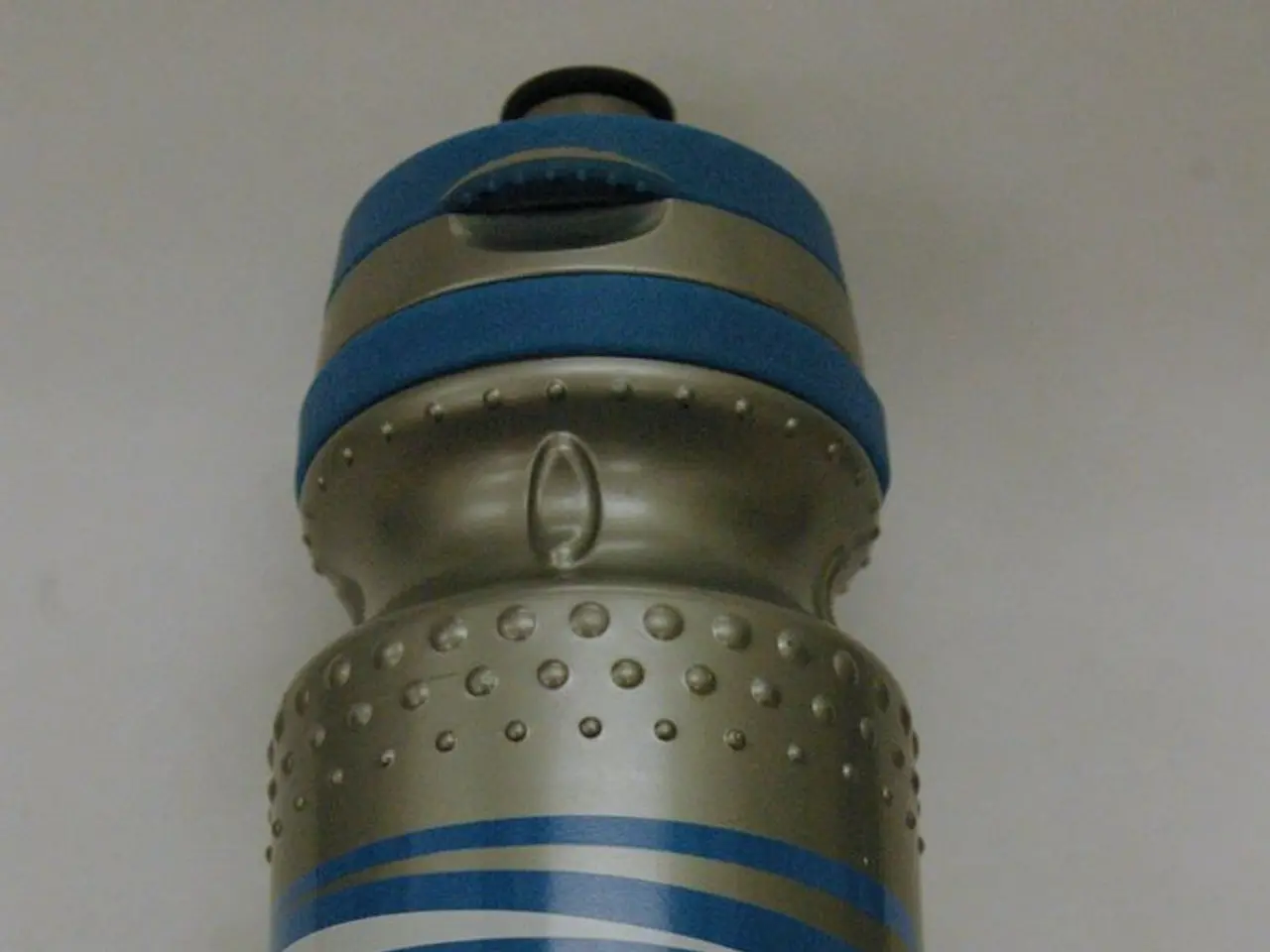Comparison of Chronic Lymphocytic Leukemia (CLL) and Multiple Myeloma
Multiple Myeloma (MM) and Chronic Lymphocytic Leukemia (CLL) are distinct types of blood cancer that affect the white blood cells. While they share some symptoms, their causes, symptoms, diagnosis, and treatment approaches differ significantly.
Causes
Multiple Myeloma originates from genetic mutations in plasma cells, a type of mature B cell in the bone marrow, leading to uncontrolled plasma cell growth. On the other hand, CLL arises from a slow accumulation of abnormal, mature B lymphocytes, with the exact cause involving genetic and immune system factors but less clearly defined than MM.
Symptoms
Symptoms of MM often relate to bone destruction, causing bone pain, fractures, and kidney dysfunction, among others. CLL, however, is often initially asymptomatic, presenting later with enlarged lymph nodes, fatigue, infections, anemia, or bleeding due to low blood cell counts. Both conditions can cause severe kidney damage in their latter stages and share overlapping symptoms such as bone pain, frequent infections, easy bleeding, confusion, abdominal pain, dehydration, and fatigue.
Diagnosis
Diagnosis of MM is primarily based on detecting monoclonal plasma cells in the bone marrow, abnormal monoclonal protein in blood or urine, and related organ damage (CRAB criteria: hyperCalcemia, Renal failure, Anemia, Bone lesions). CLL, on the other hand, is diagnosed based on persistent lymphocytosis in peripheral blood, flow cytometry confirming clonal B cells, and bone marrow involvement.
Treatment
Treatment for MM is tailored based on risk and symptoms, ranging from watch and wait in smoldering cases to combinations of immunomodulatory drugs, proteasome inhibitors, monoclonal antibodies, chemotherapy, and autologous stem cell transplant in fit patients. CLL is often managed initially with observation for slow disease without symptoms; treatment is indicated with disease progression and includes targeted therapies, chemoimmunotherapy, or combination regimens.
Coexistence
It is rare but possible for an individual to have both MM and CLL concurrently or sequentially. Such cases are unusual and complex, requiring individualized diagnostic and treatment approaches. No common mechanism links their coexistence directly; they represent two distinct diseases.
In summary, MM and CLL differ fundamentally in their affected cell types, clinical features, diagnostic criteria, and treatments, with some overlap in their use of modern targeted and immunotherapies. Coexistence in the same patient is medically recognized but uncommon. Scientists are making significant medical advances that are improving the outlooks for people with these conditions.
- Multiple Myeloma and Chronic Lymphocytic Leukemia, while being distinct chronic diseases, have different causes rooted in genetic mutations and the proliferation of abnormal cells in the bone marrow and blood.
- In terms of symptoms, Multiple Myeloma often manifests with bone pain, fractures, and kidney dysfunction, whereas Chronic Lymphocytic Leukemia may initially be asymptomatic, presenting later with symptoms like enlarged lymph nodes and low blood cell counts.
- Though it is possible for an individual to have both Multiple Myeloma and Chronic Lymphocytic Leukemia, these conditions are fundamentally distinct and require individualized diagnostic and treatment strategies, as they do not share a common mechanism for coexistence in the same patient.




